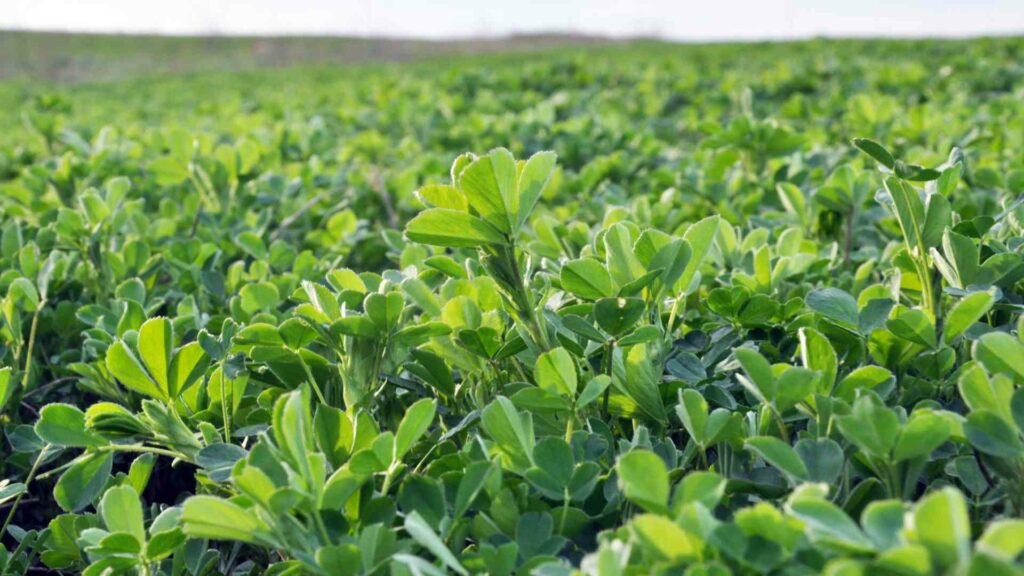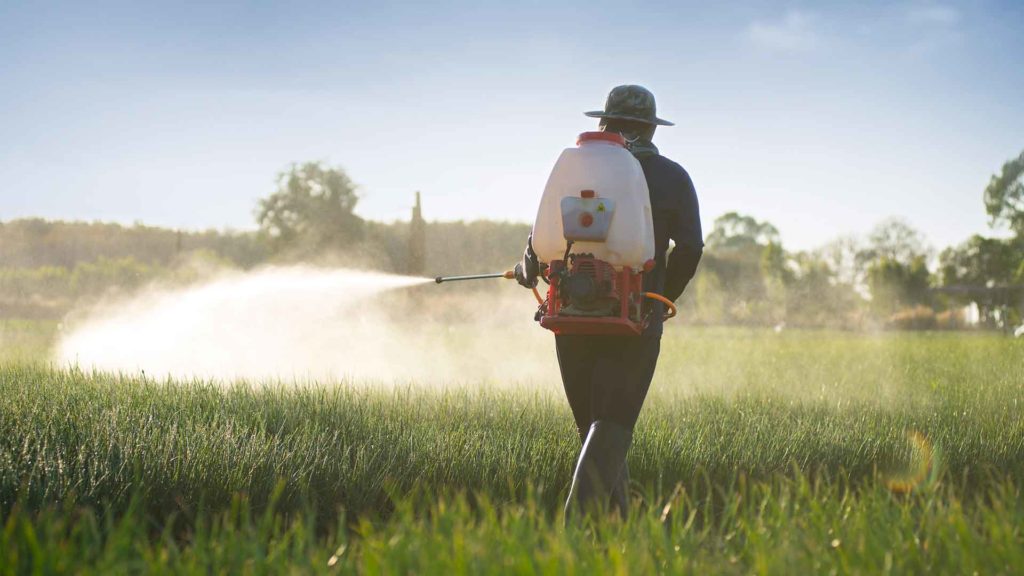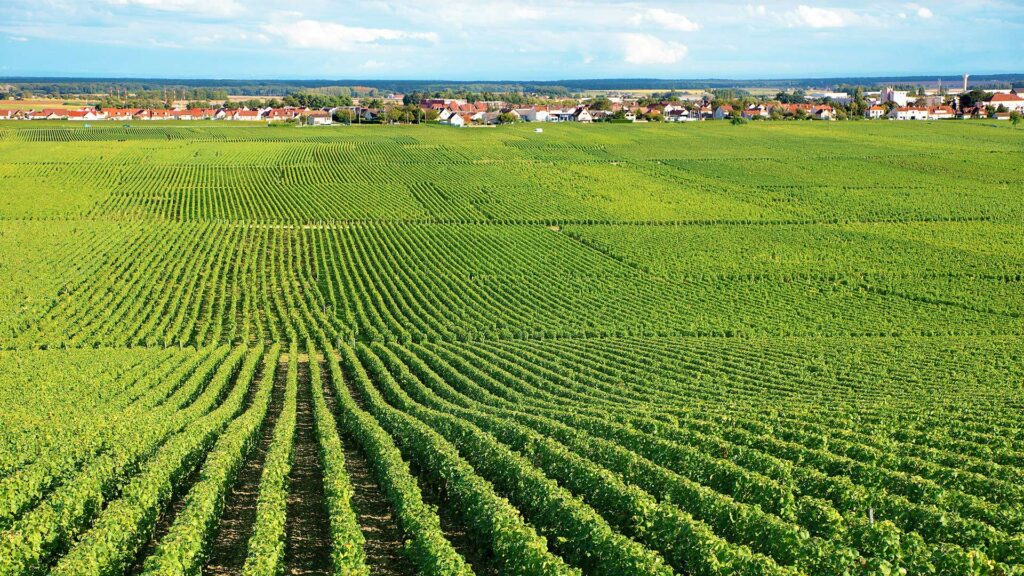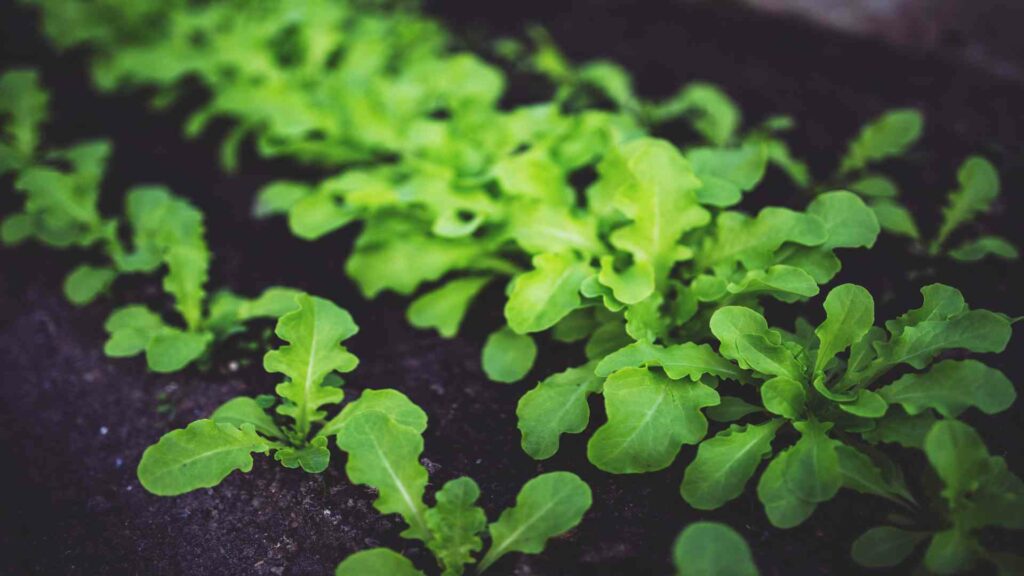Boron Deficiency in Woody Plants
Boron deficiency is widespread around the globe and constrains the growth and development of agriculture and forestry due to the lack of Boron in soil. Trees have a large body size, longer lifespan, and more Boron reserves than herbaceous plants, implying that woody species are more likely to suffer from long-term or mild Boron deficiency. Regulating Boron reserves helps trees cope with Boron deficiency.
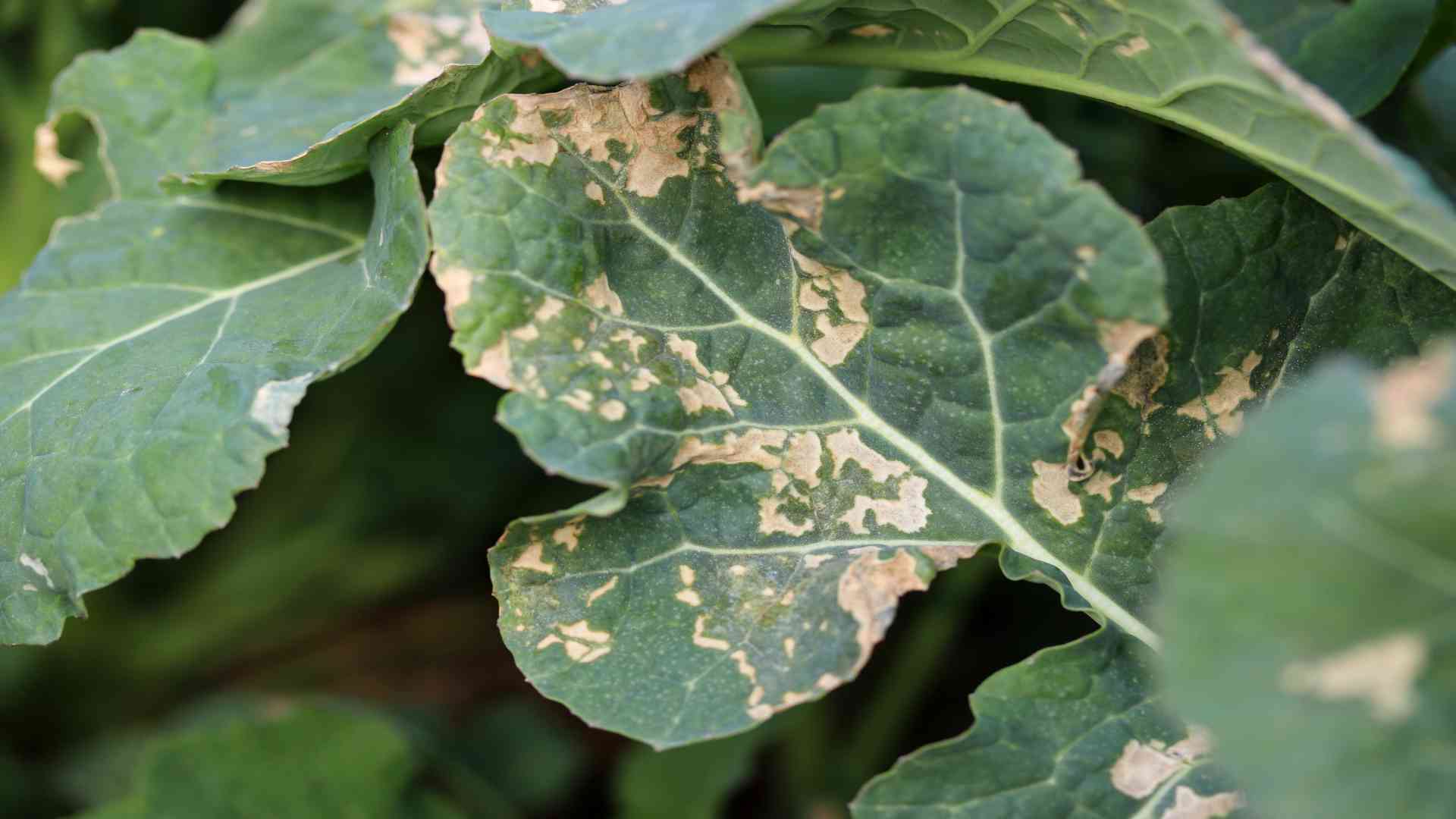
Boron Deficiency in Woody Plants
Boron Deficiency
Boron is an essential element for higher plant growth and development. It helps to strengthen their cell wall and control the porosity.
Boron deficiency is a broad issue in both agriculture and forestry. In particular, areas, where low boron soils are found, include South/Southeast Asia, Eastern Australia, New Zealand, North, and South America, Africa, and northern Europe. The deficiency causes significant yield and quality losses in forest trees, fruit trees, and woody plants, influencing vegetative and reproductive growth.
However, insights into B-deficiency responses and tolerance mechanisms in woody trees are limited compared to model or herbaceous plants. Current advancements are made in regulating Boron transport in both herbaceous and woody plants.
Physiological Responses of Woody Plants to Boron Deficiency
Visual Symptoms and Plant Development
Trees show different visual symptoms when deprived of Boron. The initial effect of boron deprivation is often reduced elongation of growing points because of limited cell wall deposition. In more extreme cases, it can cause the necrosis of these tissues due to cell death.
This has a major negative effect on root growth, especially lateral root growth. The deficiency may also inhibit growth in the plant’s aerial parts, such as plant height and leaf area. Trees become stunted if Boron deficiency persists for an extended time. In some forest trees, it can lessen wood quality and utility.
Cell Wall
Boron is essential for the formation of the cell wall. B-deficient plants often have abnormally formed walls that are thick and brittle due to the altered mechanical properties and abnormal expansion. It is believed that Boron is necessary for cell-to-wall adhesion and the architectural integrity of the cell. The cell wall structures of B-deficient plants are significantly altered at both the macroscopic and microscopic levels.
Membrane
In general, membrane responses to Boron deficiency are faster than cell wall responses. For instance, suppression of plasma membrane-bound oxidoreductase activity was frequently encountered within minutes of Boron deprivation. Furthermore, B-deficient plants often have lower ion uptake in the roots. There is growing evidence that Boron deficiency may interfere with membrane transport, membrane-located proteins activity, and the integrity and function of the plasma membrane.
Metabolism
Boron deficiency causes cell wall and membrane disruption, disrupting the phenol metabolism-associated enzymes, leading to phenol accumulation. This ultimately leads to tissue necrosis, poor branch development, and reduced leaf size.
There is no evidence that vitamin Boron deficiency directly impacts photosynthesis. However, Boron deficiency inhibits root growth and causes weak vascular tissue, limiting water uptake and transport within the plant. This may also limit the amount of light and CO2 absorbed by the plant.
As a result, the rate of photosynthesis may be slowed. Furthermore, the accumulation of soluble sugars in B-deficient tree leaves may result in feedback inhibition of net photosynthesis.
Boron Reserves and Woody Trees
Surprisingly, Boron reserves play an essential role in woody trees, especially during the spring growth flush. Boron reserves (Boron storage) are B-containing substances indirectly used in functioning but are instead stored in the tree’s apoplast and cytoplasm until needed.
Trees, unlike herbaceous plants, are perennial and have a large body; thus, trees may store enough Boron to cope with Boron deficiency at a later phase. In plants, there are three types of B: free Boron (Boron in the apoplast), semi-bound Boron (Boron in the cytoplasm), and bound Boron (Boron in the cell wall).
Aside from the growth stage and field management, this is one of the most critical factors affecting the Boron requirement of woody plants. Furthermore, trees may experience temporary Boron deficiency due to insufficient Boron reserves for redistribution within the plant, limited Boron retranslocation in the phloem, or specific environmental conditions. As a result, applying Boron to improve Boron storage in perennial organs may increase Boron retranslocation, improving fruit set, yield, and wood quality in trees.
Molecular Responses of Woody Plants to Boron Deficiency
Boron Transporters
Boron deficiency induces many Boron transporters, and their functions become critical under low Boron conditions. Two different types of Boron transporter exist BORs and MIPs. Both Boron transporter contributes to Boron uptake by root cells, transportation to the xylem, and Boron distribution and utilization inside the plant.
Genes Associated with Cell Walls
The cell wall thickening process necessitates the presence of two components: polysaccharides (such as cellulose and xylans) and aromatic components (e.g., lignins). Therefore, Boron deficiency is likely to affect the expression patterns of cell-wall-related genes, decreasing the production of the molecule associated with cell wall element synthesis and inhibiting molecules related to cell wall extensibility modification.
Signaling Transduction
Signal transduction in B-deficient plants is a controversial topic. Three hypotheses have been proposed for the Boron deprivation signaling pathway:
(i) Changes in cell wall structure facilitate signal transduction, (ii) ROS accumulation causes Ca2+ signaling and cell death, and (iii) a low level of intracellular Boron activates transcription factors and target genes.
Mechanisms of Boron Deficiency Tolerance in Woody Plants
Boron efficiency measures a plant’s ability to tolerate low levels of Boron in the soil. Boron-efficient plants can grow well in soils where other plants would be adversely affected by a Boron deficiency. The opposite is true for boron-inefficient plants.
It is generally accepted that the wide range of boron efficiency among different plant species is due to differences in their uptake rate (boron uptake efficiency), translocation, and retranslocation (boron transport efficiency), and utilization within the plant.
Boron Uptake Rate
When boron concentration in the external medium is low, boron uptake into roots occurs through a passive facilitated transport process. However, uptake occurs via passive diffusion across the lipid bilayer at adequate to high boron concentrations. Boron uptake efficiency varies between trees based on genotype.
Boron Translocation and Retranslocation
When there is an adequate to toxic Boron supply, there is significant retention of Boron in the root symplasm at xylem loading; when there is a low Boron supply, the Boron retained in the symplasm can be loaded into the xylem by an active transport system. Once in the xylem, Boron can be transported from the root to the shoot via transpiration in high Boron conditions, but only via dynamic transport processes in low Boron supply conditions, which are impacted by water use efficiency.
Unlike the xylem, Boron retranslocation in the phloem can occur via two routes: (i) xylem-to-phloem transfer along the stem and (ii) retranslocation from the leaves to the flowers or fruits. Because reproductive tissues have a higher Boron demand and a lower transpiration rate than vegetative organs, xylem-to-phloem transfer along the stem is especially important for the Boron nutrition of plants during the reproductive stage. Furthermore, Boron efficiency varies with the growth period of the plant.
Boron Utilization
Boron enters the targeted tissue after long-distance transport and is required to construct the cell wall and membranes and the metabolism of the cytoplasm. The process is known as Boron utilization. Boron utilization efficiency is related to the pectin content and composition of the cell wall and the cell membrane composition.
B-efficient trees have a high proportion of non-cell walls B, which is available for cytolysis under B-sufficient conditions, but a high proportion of cell walls B, which is needed for the structure of cell walls under B-deficient conditions.
Conclusion
Boron deficiency is quite common among woody plants. A sufficient Boron supply for cultivated trees can be highly beneficial economically, significantly increasing the yield and quality of fruit and forest trees.
There is a need to focus research on the importance of Boron reserves, which is especially important in trees, where there may be no early warning symptoms of Boron deficiency. Species or genotypes with varying Boron efficiency have provided ideal experimental material for elucidating some enigmatic aspects of the mechanisms underlying tolerance to Boron deficiency.
Recently, significant progress has been made in elucidating the molecular mechanisms of Boron efficiency in herbaceous plants, allowing for further investigation of the mechanisms of Boron deficiency tolerance in woody plants.

